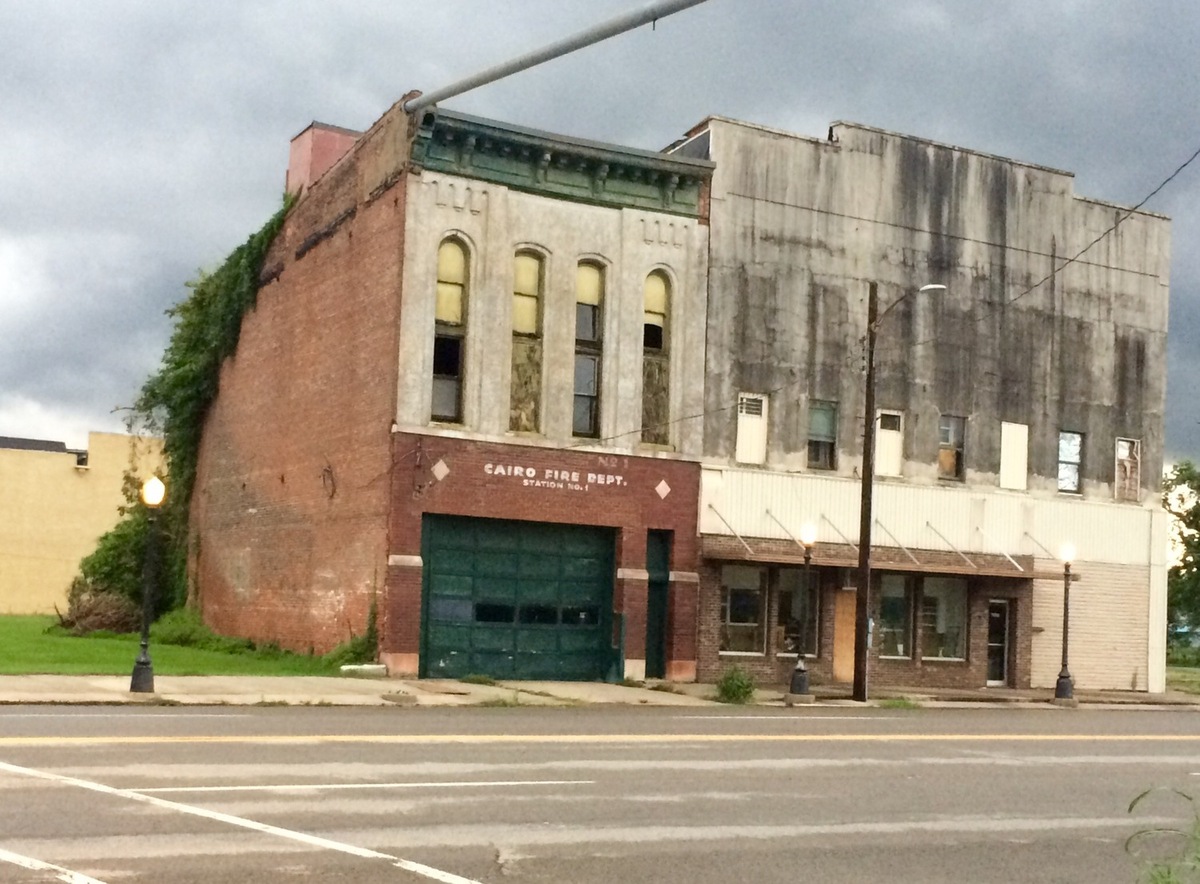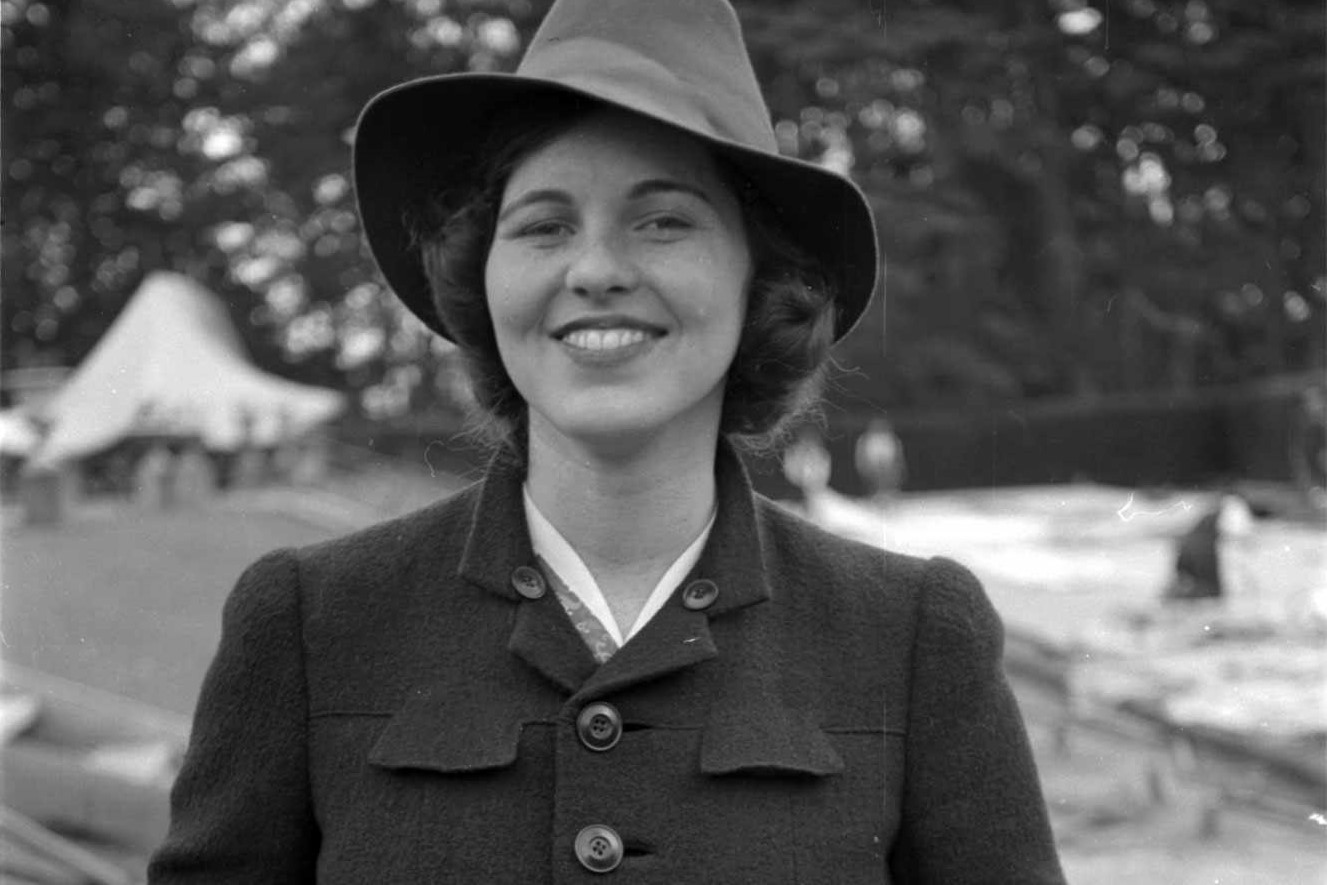
Cairo, Illinois might not be the first place that comes to mind when thinking about historic American towns, but this small city at the confluence of the Mississippi and Ohio Rivers holds a treasure trove of stories. Once a bustling river port, Cairo has seen its fair share of ups and downs. Did you know that Cairo played a significant role during the Civil War? Or that it was once a thriving hub for steamboats and railroads? From its unique geography to its rich cultural heritage, Cairo offers a fascinating glimpse into America's past. Let's dive into 35 intriguing facts about this often-overlooked gem.
Key Takeaways:
- Cairo, Illinois, has a rich history as a strategic river town, with famous visitors like Ulysses S. Grant and Martin Luther King Jr. Its community is dedicated to preserving its unique character and promoting tourism.
- Despite economic challenges and a declining population, Cairo, Illinois, remains a town with a strong sense of community and a commitment to preserving its rich history and architectural landmarks.
Cairo, Illinois: A Town with a Rich History
Cairo, Illinois, is a small town with a big story. Nestled at the confluence of the Mississippi and Ohio Rivers, this town has seen its share of ups and downs. Here are some fascinating facts about Cairo that you might not know.
-
Cairo was founded in 1837 and named after Cairo, Egypt, due to its strategic location at the confluence of two major rivers.
-
The town's location made it a significant hub for river trade and transport during the 19th century.
-
During the Civil War, Cairo served as a key military supply depot for the Union Army.
-
General Ulysses S. Grant used Cairo as his headquarters early in the Civil War.
-
The town's population peaked at around 15,000 in the early 20th century.
Architectural Gems and Historical Landmarks
Cairo boasts some impressive architecture and historical landmarks that tell the story of its past.
-
The Magnolia Manor, built in 1869, is a stunning example of Italianate architecture and is now a museum.
-
The Custom House, constructed in 1872, served as a federal building and is now a museum showcasing Cairo's history.
-
Cairo's historic district features numerous Victorian-era buildings, many of which are listed on the National Register of Historic Places.
-
The Cairo Public Library, established in 1883, is one of the oldest libraries in Illinois.
-
The Gem Theatre, once a bustling movie house, is a reminder of Cairo's vibrant past.
Economic Highs and Lows
Cairo's economy has experienced significant fluctuations over the years, impacting the town's development.
-
In the late 19th century, Cairo was a booming river port and railroad hub.
-
The town's economy suffered during the Great Depression, leading to a decline in population and industry.
-
The construction of bridges over the Mississippi and Ohio Rivers in the 20th century reduced the need for river transport, further impacting Cairo's economy.
-
Despite economic challenges, Cairo remains a vital part of the region's history and culture.
-
Efforts to revitalize the town are ongoing, with a focus on preserving its historical significance.
Cultural and Social Aspects
Cairo has a rich cultural and social history, reflecting the diverse communities that have called it home.
-
The town was a significant stop on the Underground Railroad, helping enslaved people escape to freedom.
-
Cairo was home to a thriving African American community, with businesses, schools, and churches serving the population.
-
The town experienced racial tensions and civil rights struggles during the 1960s, leading to significant social change.
-
Cairo's annual Riverboat Festival celebrates the town's river heritage with music, food, and activities.
-
The town's diverse cultural heritage is reflected in its architecture, festivals, and community events.
Natural Beauty and Outdoor Activities
Cairo's location at the confluence of two major rivers offers plenty of opportunities for outdoor activities and enjoying nature.
-
Fort Defiance Park, located at the southern tip of Cairo, offers stunning views of the Mississippi and Ohio Rivers.
-
The park is a popular spot for fishing, picnicking, and birdwatching.
-
Cairo is surrounded by lush forests and wetlands, providing habitat for a variety of wildlife.
-
The town's location makes it a great starting point for exploring the nearby Shawnee National Forest.
-
The confluence of the rivers creates unique opportunities for boating and water sports.
Famous Residents and Visitors
Cairo has been home to and visited by many notable figures throughout its history.
-
General Ulysses S. Grant, who later became the 18th President of the United States, had his headquarters in Cairo during the Civil War.
-
Author Mark Twain visited Cairo and mentioned the town in his book "Life on the Mississippi."
-
Jazz musician Miles Davis performed in Cairo during his early career.
-
Civil rights leader Martin Luther King Jr. visited Cairo during the 1960s to support the local African American community.
-
Actor and comedian Richard Pryor spent part of his childhood in Cairo.
Modern-Day Cairo
Despite its challenges, Cairo continues to be a town with a unique character and a strong sense of community.
-
The town's population has declined significantly, with fewer than 2,000 residents today.
-
Efforts to preserve Cairo's historic buildings and landmarks are ongoing, with support from local and national organizations.
-
The town's location at the confluence of two major rivers remains a point of pride for residents.
-
Cairo's community is dedicated to preserving its rich history and promoting tourism.
-
The town's story is a testament to the resilience and determination of its residents.
Cairo's Rich Tapestry
Cairo, Illinois, holds a unique place in American history. From its strategic location at the confluence of the Ohio and Mississippi Rivers to its role in the Civil War, this small town has seen it all. The architectural gems, like the Magnolia Manor and the Custom House, tell stories of a bygone era. Despite facing economic hardships, Cairo's spirit remains unbroken. The town's diverse cultural heritage, including its African American history, adds layers to its identity. Visiting Cairo offers a glimpse into a past filled with triumphs and challenges. Whether you're a history buff or just curious, Cairo's rich tapestry is worth exploring. Its story is a reminder of resilience and the ever-changing American landscape. So next time you're in Illinois, consider a stop in Cairo. You'll leave with a deeper appreciation for this hidden gem.
Frequently Asked Questions
Was this page helpful?
Our commitment to delivering trustworthy and engaging content is at the heart of what we do. Each fact on our site is contributed by real users like you, bringing a wealth of diverse insights and information. To ensure the highest standards of accuracy and reliability, our dedicated editors meticulously review each submission. This process guarantees that the facts we share are not only fascinating but also credible. Trust in our commitment to quality and authenticity as you explore and learn with us.


